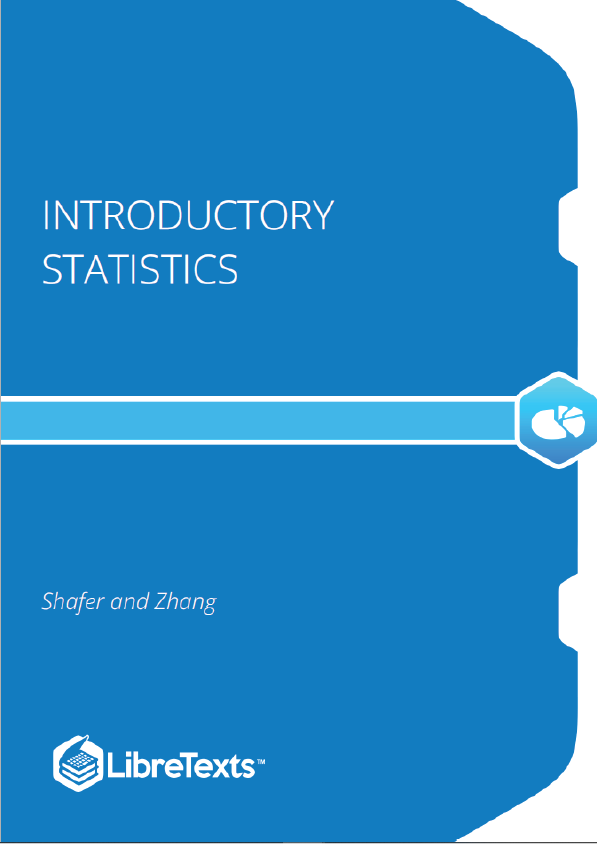The ignorance of the statistical methods can lead to mistakes and misinterpretations. Unfortunately, understanding of these methods is far from common. Many college majors require a course in probability theory and mathematical statistics, but all many of us remember from these courses is horror and/or frustration at complex mathematical formulas filled with Greek letters, some of them wearing hats. It is true that probability theory forms the basis of most data analysis methods but on the other hand, most people use fridge without knowledge about thermodynamics and Carnot cycle. For the practical purposes of analyzing data, you do not have to be fully fluent in mathematical statistics and probability theory.
This book is written for those who want to learn how to analyze data. This challenge arises frequently when you need to determine a previously unknown fact. For example: does this new medicine have an effect on a patient’s symptoms? Or: Is there a difference between the public’s rating of two politicians? Or: how will the oil prices change in the next week? You might think that you can find the answer to such a question simply by looking at the numbers. Unfortunately this is often not the case.
The ignorance of the statistical methods can lead to mistakes and misinterpretations. Unfortunately, understanding of these methods is far from common. Many college majors require a course in probability theory and mathematical statistics, but all many of us remember from these courses is horror and/or frustration at complex mathematical formulas filled with Greek letters, some of them wearing hats.
It is true that probability theory forms the basis of most data analysis methods but on the other hand, most people use fridge without knowledge about thermodynamics and Carnot cycle. For the practical purposes of analyzing data, you do not have to be fully fluent in mathematical statistics and probability theory. Therefore, we tried to follow Steven Hawking who in the “A Brief History of Time” stated that “… someone told me that each equation I included in the book would halve the sales. I therefore resolved not to have any equations at all ..”. Consequently, there is only one equation in this book. By the way, an interesting exercise is just to find it. Even better, almost ideal approach would be the book close to R. Munroe’s “Thing Explainer” where complicated concepts are explained using dictionary of 1,000 most frequent English words.
All in all, this book is the sort of “statistic without math”, but with R.
Some caution is required, though, for readers of such books: many methods of statistical analysis have, so to speak, a false bottom. You can apply these methods without delving too deeply into the underlying principles, get results, and discuss these results in your report. But you might find one day that a given method was totally unsuitable for the data you had, and therefore your conclusions are invalid. You must be careful and aware of the limitations of any method you try to use and determine whether they are applicable to your situation.











